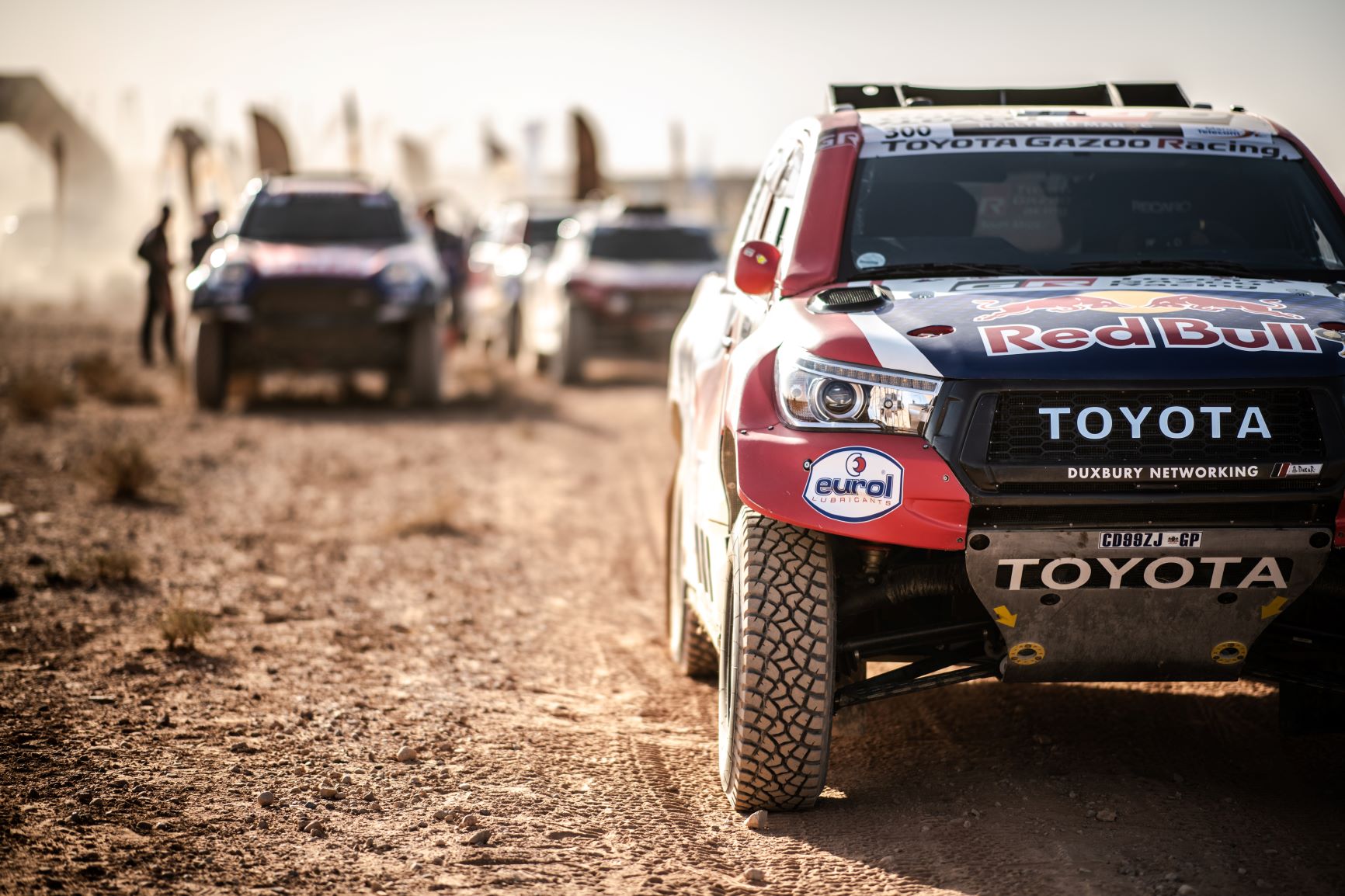- April 2, 2022
Evolving Design and Tech in Dakar Rally

A gentler drama is poised to emerge in the desert this year, amid the noise of motors and the nervous buzz of bivouacs. Dakar Rally raid is pushing near-silent green vehicles to their limits, demonstrating that with the right mindset, even the world’s most difficult environments can be overcome by designed biofuels and electric wonder cars.
We spoke with the pros ahead of this year’s Andalucia Rally to find out how the sport is pushing the boundaries of design and technology while also moving towards a more environmentally friendly future.
The ploughing of automobiles, motorcycles, and trucks across long distances at high speeds, typically against the backdrop of stunning scenery, is known as rally raiding. The official FIA rally raid calendar kicks out in January with the Dakar in Saudi Arabia and concludes in Morocco, with stops in Abu Dhabi and Spain along the way. The Kazakh leg of the race was cancelled in March due to ongoing political concerns.
These races feature a wide range of vehicles and competitors pushing their limits to gain notoriety in the sport and to conquer landscapes that have historically proven difficult for motor vehicles, though not, it must be said, for the many cultures that have lived in these areas long before rally raid. Without a 13-litre engine, Genghis Khan had no trouble travelling the steppe.
The ecological credentials of sophisticated cars such as veteran driver Nani Roma’s Prodrive Hunter T1, which runs on biofuel, and Audi’s electric car, the RS Q e-Tron, which wanted to become the first electric car to win the Dakar, were all eyes at this year’s Dakar Rally.
Rally raid’s 37in tyres are dragging it into the ecologically conscious Anthropocene. The Prodrive Hunter T1 touts an 80% decrease in greenhouse gas emissions while providing the same performance as a gasoline-powered car. When pushed hard, the Kamaz, on the other hand, consumes 200 litres of diesel for every 100 kilometres travelled.
In rally raid, there is another kind of car that dwarfs everything else on the circuit, at least in terms of size. Nani Roma, who has raced in 26 Dakar Rally races in both a vehicle and a motorcycle, understands what it’s like to be perched perilously beneath a massive Kamaz truck on the starting line.
In the realm of rally raids, the boundaries are still being discussed. This year’s calendar will take you from Saudi Arabia to Morocco, passing through the Middle East’s breathtaking scenery, and will include technological advances born of the need to rip through the difficult material at breakneck speed, as well as an urbane design inspired by the desert region.
